Domestic Luxury Trucks Now Usurping Germany's Market Share of Premium Vehicles

We did it! Thanks to the modern obsession with larger vehicles and opulence, domestic luxury brands are taking off like a rocket. It’s going so well, in fact, that American automakers are starting to steal market share from high-end import manufacturers. Of course, this is only applicable to SUV and crossover sales.
As you know, sedan sales are losing ground to their high-riding counterparts. While this hasn’t resulted in the obliteration of the passenger car market, despite claims to the contrary, those vehicles are being massacred by wayward consumers. Sedans are becoming passé and this has allowed sport utility and crossover vehicles to amass a significant portion of the pie.
Nowhere is this more apparent than in the luxury market. The rapid growth of the luxury truck segment has substantially increased the United States’ share of domestic models sold with an average transaction price of $60,000 or more. Apparently, the inarguably phenomenal Mercedes-Benz S-Class doesn’t have jack squat on the GMC Yukon Denali.
Suck it, cars.
Obviously, we don’t truly believe that. Even with SUV sales blasting off into the stratosphere, sedans are coming off an absolutely massive share of domestic light vehicle sales. Even if they were to decline in popularity at their current rate, it would take many years before they became an insignificant portion of the market. We don’t want to be cocky about this, either. Look what’s happened to the minivan segment.
The fact remains that Americans are abandoning family sedans and small cars for sport utility vehicles and trucks. The New York Times estimates that, last month, two of every three new vehicles sold were classified as trucks — either SUVs, crossovers, pickups, or minivans. The trend isn’t exclusive to mainstream nameplates. Luxury brands have been scrambling to flesh out their lineups to account for the shift in preference and domestic manufacturers have done an incredible job.
GMC accounted for 11.3 percent of domestic sales for models with an average price of $60,000 or more in 2017, according to data from Edmunds. Five years earlier, the brand made up a mere 0.1 percent of those sales. Ford and Chevrolet witnessed similar, albeit more modest, increases driven by ultra-premium truck and SUV sales. However, both started with their feet a little deeper in the market.
Meanwhile, the share of the U.S. over-$60,000 club inhabited by Porsche, Mercedes-Benz, Lexus, Jaguar and Cadillac actually shrank by a considerable margin in the same timeframe. Established luxury brands are now losing ground to mainstream automakers in the premium segments. Hell, Ford will sell you a pickup that costs roughly $100,000 now. What a time to be alive!
“We are seeing it,” said Tom Libby, an industry analyst for IHS Markit. “There is movement from luxury cars to luxury trucks.”
It makes sense for automakers to push SUVs as hard as possible, too. They can charge more for them, and the profit margins are far better than that of sedans. In fact, certain cars even lose automakers money. General Motors reportedly loses around $9,000 on every Chevrolet Bolt it sells. While that’s a pretty extreme example (but weirdly common among electric cars), sedans just aren’t making the kind of fast cash that trucks are.
General Motors outlined its plan to produce even more pricey Denali variants for GMC at a recent investor conference. The company highlighted data indicating that the Denali line had an average sale price of $56,000, which is far more than the average transaction price for any of the German luxury brands that aren’t Porsche.
“This thing is a money machine,” said GM president Dan Ammann.
He’s not wrong. Domestic automakers make tens of thousands of dollars on a single well-optioned truck or SUV, and they’re going to milk them for every dime. Ford only started production on the fourth generation of the Expedition, along with the Lincoln Navigator, in September of last year. It has decided to build 25 percent more this year than originally planned.
At the same time, luxury sedan volume is shrinking. These models held roughly 7.5 percent of the total domestic market in in 2013, but that number slipped to 5.4 in 2017. But manufacturers can load up a fairly basic truck with all the trimmings and it suddenly becomes irresistible. Currently, over half of all F-Series sales come from Lariat, King Ranch and Raptor models. That’s up from one-third just four years ago. Meanwhile, Denali editions now account for 29 percent of all GMC’s sales.
[Image: General Motors]

A staunch consumer advocate tracking industry trends and regulation. Before joining TTAC, Matt spent a decade working for marketing and research firms based in NYC. Clients included several of the world’s largest automakers, global tire brands, and aftermarket part suppliers. Dissatisfied with the corporate world and resentful of having to wear suits everyday, he pivoted to writing about cars. Since then, that man has become an ardent supporter of the right-to-repair movement, been interviewed on the auto industry by national radio broadcasts, driven more rental cars than anyone ever should, participated in amateur rallying events, and received the requisite minimum training as sanctioned by the SCCA. Handy with a wrench, Matt grew up surrounded by Detroit auto workers and managed to get a pizza delivery job before he was legally eligible. He later found himself driving box trucks through Manhattan, guaranteeing future sympathy for actual truckers. He continues to conduct research pertaining to the automotive sector as an independent contractor and has since moved back to his native Michigan, closer to where the cars are born. A contrarian, Matt claims to prefer understeer — stating that front and all-wheel drive vehicles cater best to his driving style.
More by Matt Posky
Latest Car Reviews
Read moreLatest Product Reviews
Read moreRecent Comments
- Jeff Good find I cannot remember when I last saw one of these but in the 70s they were all over the place.
- CoastieLenn Could be a smart move though. Once the standard (that Tesla owns and designed) is set, Tesla bows out of the market while still owning the rights to the design. Other companies come in and purchase rights to use it, and Tesla can sit back and profit off the design without having to lay out capital to continue to build the network.
- FreedMike "...it may also be true that they worry that the platform is influencing an entire generation with quick hits of liberal political thought and economic theory."Uh...have you been on TikTok lately? Plenty of FJB/MAGA stuff going on there.
- AZFelix As a child I loved the look and feel of the 'woven' black vinyl seat inserts.
- Aja8888 Maybe he's putting the cost savings into Cybertruck production?



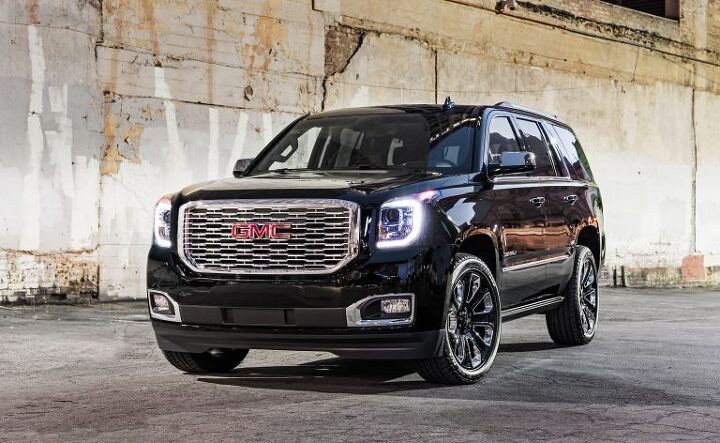













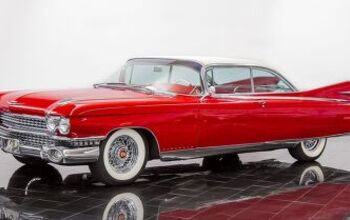




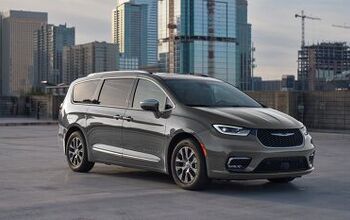
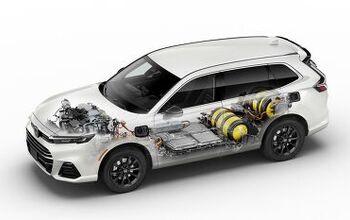
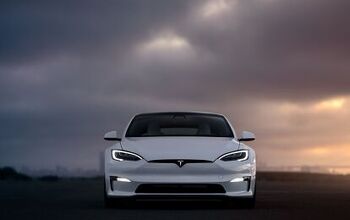
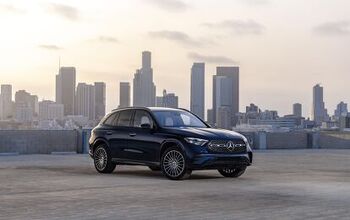

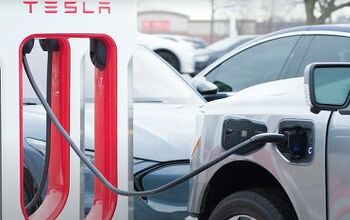
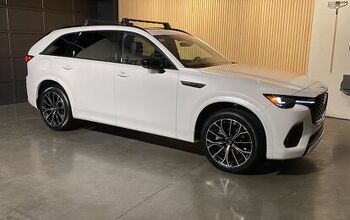
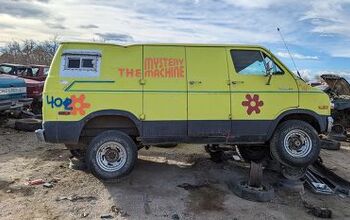
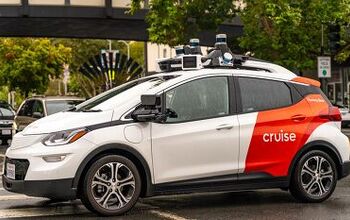
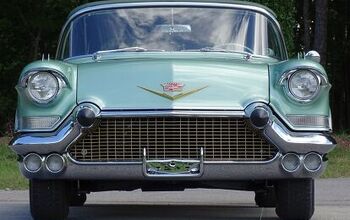


Comments
Join the conversation
People just love the utility that trucks provide and it becoming a statue symbol. I am looking at either a Bronco, G550, Passport or possibly a new black label Navigator! Just depend which one of them I like the most! Just sort of wild that trucks would be so popular!
My area has quite a few utes (actual and what'd you call light pickup trucks). CUVs are also very popular (especially older Territories and Klugers). They really are more multi-purpose than they used to be. SUVs in my area tend to be either Prados, older Patrols (GQ), older Land Cruisers (80 and 100) and a few 1990s Pajeros... It's still mostly a sedan/hatchback area. It just really depends where you are... There's not too many true luxury SUVs here, but high-spec Prados and higher-spec LC200s I see often enough, other than that, I do see the occasional Y62 Patrol...